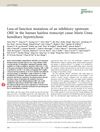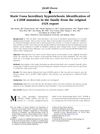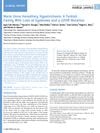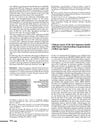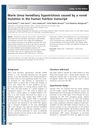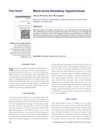Identification of a Novel Heterozygous Mutation in the First Japanese Case of Marie Unna Hereditary Hypotrichosis
January 2013
in “
The Journal of Dermatology
”
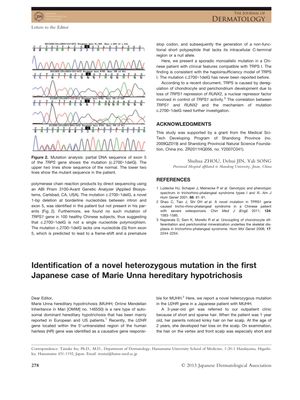
TLDR Researchers found a new genetic mutation causing a rare hair loss condition in the first Japanese child studied.
In 2013, researchers identified a novel heterozygous mutation, c.38G > T (p.Arg13Leu), in the U2HR gene in a 3-year-old Japanese girl, marking the first reported case of Marie Unna hereditary hypotrichosis (MUHH) in Japan. This rare autosomal dominant condition, which was not observed in 100 healthy Japanese controls, is characterized by hair that becomes coarse, wiry, and twisted early in life, leading to alopecia in puberty. The patient's hair loss resembled androgenetic alopecia but without other developmental issues. The study highlighted the importance of considering MUHH in differential diagnoses for AGA-like hypotrichosis in children and suggested that the mutation leads to abnormal hair follicle development due to increased Wnt signaling. The research received funding from the Medical Sci-Tech Developing Program of Shandong Province and the Shandong Provincial Natural Science Foundation in China.
